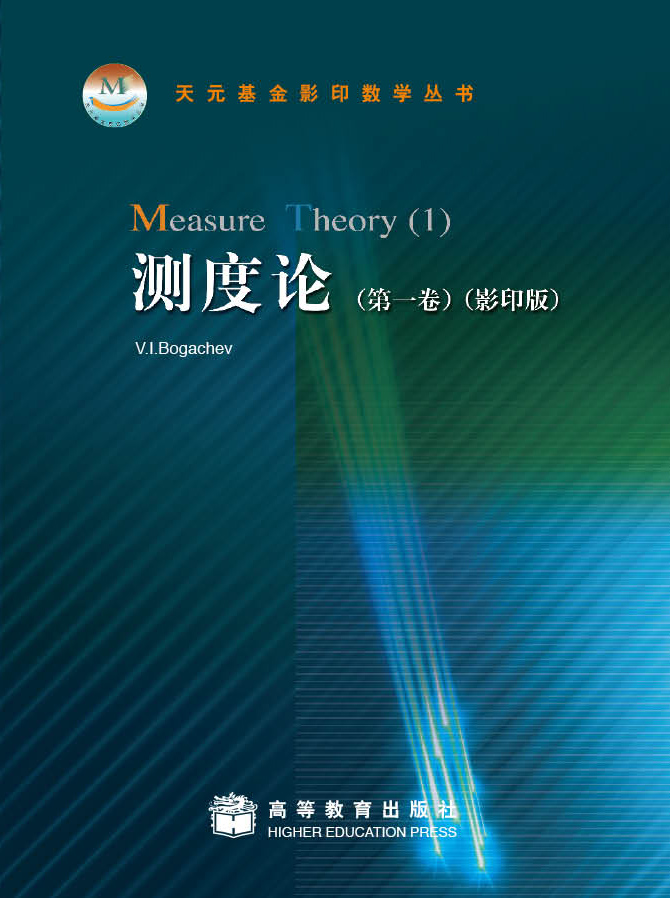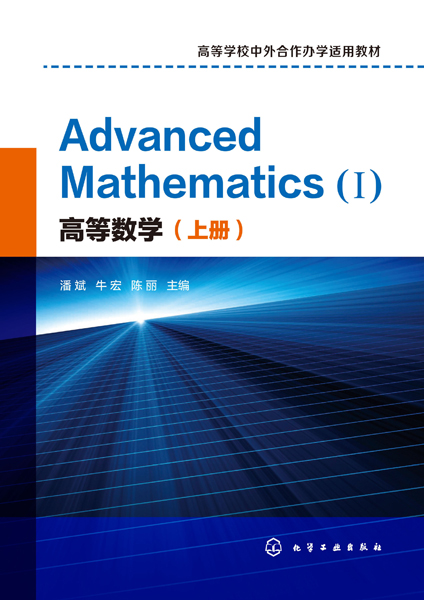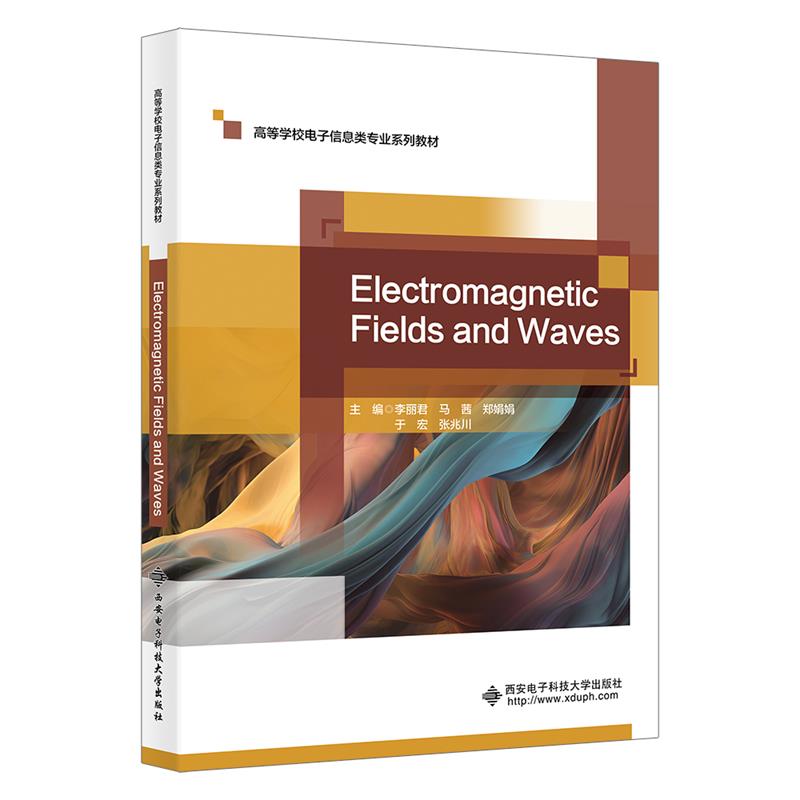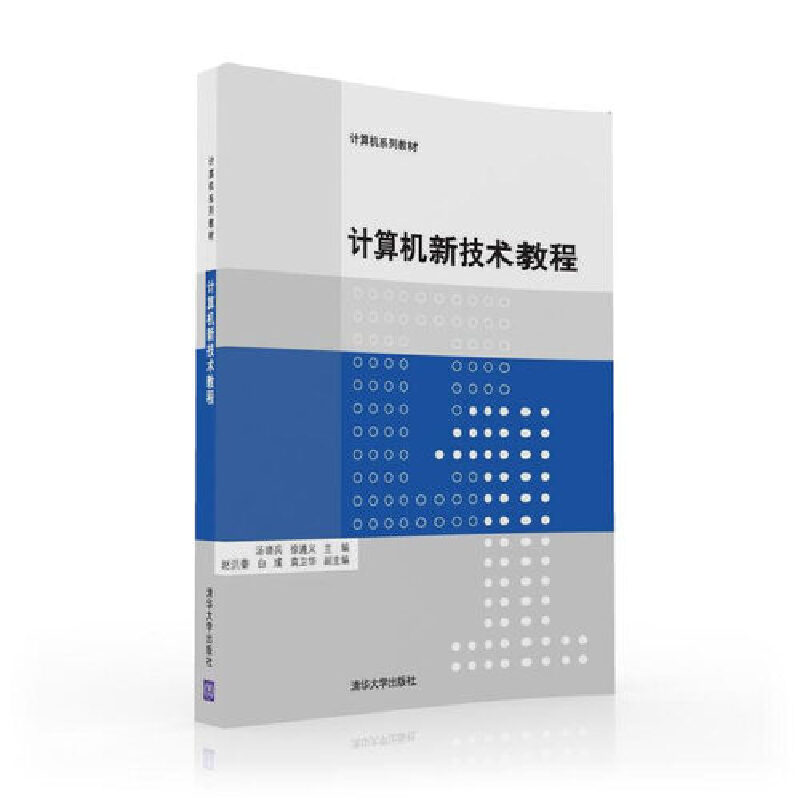光学材料的表征 / 材料表征原版系列丛书
定价:¥78.00
作者: [美]布伦德尔 埃文斯 伊莎霍斯
出版时间:2014-01
出版社:哈尔滨工业大学出版社
- 哈尔滨工业大学出版社
- 9787560342795
- 100941
- 2014-01
- TB34
内容简介
《光学材料的表征》内容介绍:Characterization in Optica/ Materia/s provides information for understanding the properties and performance of optical materials under the influence of the various characterization techniques. Surface and interfacial properties are key to the optical response of a material,and their control and modification during materials processing is necessary to achieve desired behaviorCharacterization of Optica/ Materia/s focuses on how surface morphology,microstructure,and chemical bonding influence the optical response of a material,and it illuminates methods used to characterize thin films,multilayer structures,and modified surfaces.
《光学材料的表征》的作者是布伦德尔、埃文斯、伊莎霍斯。
《光学材料的表征》的作者是布伦德尔、埃文斯、伊莎霍斯。
目录
Preface to the Reissue ofthe Materials Characterization Series
Preface to Series
Preface to the Reissue of Characterization of Optical Materials
Preface
Contributors
INTRODUCTION
PART 1 INFLUENCE OF SURFACEMORPHOLOGYAND
MICROSTRUCTURE ON OPTICAL RESPONSE
CHARACTERIZATION OF SURFACE ROUGHNESS
1.1 Introduction
1.2 WhatSurfaceRoughnessls
1.3 HowSurfaceRoughness AffctsOpticaIMeasurements
1.4 How Surface Roughness and ScatteringAre Measured
1.5 Characterization ofSelected Surfaces
1.6 Future Difections
CHARACTERIZATION OF THE NEAR-SURFACE REGION USING POIARIZATION-SENSITIVE OPTICAL TECHNIQUES
2.1 Introduction
2.2 Ellipsometry
ExperimentallmplementationsofEllipsometry 29, Analysisof
EllipsometryData
2.3 MicrostructuralDeterminationsfromEllipsometryData
Temperature Dependence ofthe Opticat Properties ofSilicon 34,
Determination ofthe Optical Functions ofGlasses Using SE 35,
SpectroscopicEllipsometryStudiesofSi02/Si 37, Spectroscopic
EllipsometryforComplicatedFilmStrucrures 38, Time-Resolved
Ellipsometry 40, Single-WavelengthReal-TimeMonitoringofFilm
Growth 41, Multiple-WavelengthReal-TimeMonitoringofFilm
Growth 42, Infrared EllipsometryStudies ofFilm Growth
THE COMPOSITION, STOICHIOMETRY, AND RELATED MICROSTRUCTURE OF OPTICAL MATERIALS
3.1 Introduction
3.2 AspectsofRamanScattering
3.3 III-VSemiconductor Systems
3.4 GroupIVMaterials
3.5 Amorphous and Microcrystalline Semiconductors
ChalcogenideGlasses 60, GroupIVMicrocrystallineSemiconductors
3.6 Summary
DIAMOND AS AN OPTICAL MATERIAL
4.1 Introduction
4.2 DepositionMethods
4.3 0pticalPropertiesofCVD Diamond
4.4 Defectsin CVD Diamond
4.5 PolishingCVD Diamond
4.6 X-rayWindow
4.7 Summary
PART 2 STABILITY AND MODIFICATION OF FILM AND SURFACE OPTICAL PROPERTIES
MULTIJAYER OPTICAL COATINGS
5.1 Introduction
5.2 Single-LayerOpticalCoatings
OpticaIConstants 90, CompositionMeasurementTechniques
5.3 MultilayerOpticalCoatings
CompositionaIAnalysis 107, SurfaceAnalyticaITechniques 108,
MicrostructuralAnalysis ofMultilayer Optical Coatings
5.4 StabilityofMultilayerOpticalCoatings
5.5 Future Compositional and
MicrostructuralAnalyticaITechniques
CHARACTERIZATION AND CONTROL OF STRESS IN OPTICAL FILMS
6.1 Introduction
6.2 0rigins ofStress
6.3 Techniques for Modifying or Controlling
Film Stress 124
Effect of Deposition Parameters 124, Effect of Ion-Assisted
Deposition 127, Effect of Impurities 127, Effect of Post
Deposition Annealing 128
6.4 Stress Measurement Techniques 130
Substrate Deformation 130, X-Ray Diffraction (XRD) 133,
Raman Spectroscopy 134
6.5 Future Directions 136
SURFACE MODIFICATION OF OPTICAL MATERIALS
7.1 Introduction 141
7.2 Fundamental Processes 142
Ion-Solid Interactions 142, Defect Production, Rearrangement,
and Retention 143
7.3 Ion Implantation of Some Optical Materials 145
Glasses and Amorphous Silica 145, Ix-Quartz (SiO2) 147,
Halides 148, Sapphire (Ix-A1203) 149, LiNbO3 152,
Preparation of Optical Components by Ion Implantation 153
LASER-INDUCED DAMAGE TO OPTICAL MATERIALS
8.1 Introduction 157
8.2 Laser Damage Definition and Statistics 158
Defining Damage 158, Collecting Damage Statistical Data 159,
Types of Damage Probability Distributions 160, Identification of
Pre-Damage Sites 160, Changing the Damage Threshold 161
8.3 In Situ Diagnostics 165
Photothermal Techniques 165, Particle Emission 168
8.4 Postmortem Diagnostics 170
Surface Charge State 170, Surface Phase and Structure Analysis_ "171
8.5 Future Directions 174
APPENDIX~ TECHNIQUE SUMMARIES
1 Auger Electron Spectroscopy (AES) 181
2 Cathodoluminescence(CL) 182
3 Electron Energy-Loss Spectroscopy
in the Transmission Electron Microscope (EELS) 183
4 Energy-Dispersive X-Ray Spectroscopy (EDS) 184
5 Fourier Transform Infrared Spectroscopy (FTIR) 185
6 Light Microscopy 186
7 Modulation Spectroscopy 187
8 Nuclear Reaction Analysis (NRA) 188
9 0p
Preface to Series
Preface to the Reissue of Characterization of Optical Materials
Preface
Contributors
INTRODUCTION
PART 1 INFLUENCE OF SURFACEMORPHOLOGYAND
MICROSTRUCTURE ON OPTICAL RESPONSE
CHARACTERIZATION OF SURFACE ROUGHNESS
1.1 Introduction
1.2 WhatSurfaceRoughnessls
1.3 HowSurfaceRoughness AffctsOpticaIMeasurements
1.4 How Surface Roughness and ScatteringAre Measured
1.5 Characterization ofSelected Surfaces
1.6 Future Difections
CHARACTERIZATION OF THE NEAR-SURFACE REGION USING POIARIZATION-SENSITIVE OPTICAL TECHNIQUES
2.1 Introduction
2.2 Ellipsometry
ExperimentallmplementationsofEllipsometry 29, Analysisof
EllipsometryData
2.3 MicrostructuralDeterminationsfromEllipsometryData
Temperature Dependence ofthe Opticat Properties ofSilicon 34,
Determination ofthe Optical Functions ofGlasses Using SE 35,
SpectroscopicEllipsometryStudiesofSi02/Si 37, Spectroscopic
EllipsometryforComplicatedFilmStrucrures 38, Time-Resolved
Ellipsometry 40, Single-WavelengthReal-TimeMonitoringofFilm
Growth 41, Multiple-WavelengthReal-TimeMonitoringofFilm
Growth 42, Infrared EllipsometryStudies ofFilm Growth
THE COMPOSITION, STOICHIOMETRY, AND RELATED MICROSTRUCTURE OF OPTICAL MATERIALS
3.1 Introduction
3.2 AspectsofRamanScattering
3.3 III-VSemiconductor Systems
3.4 GroupIVMaterials
3.5 Amorphous and Microcrystalline Semiconductors
ChalcogenideGlasses 60, GroupIVMicrocrystallineSemiconductors
3.6 Summary
DIAMOND AS AN OPTICAL MATERIAL
4.1 Introduction
4.2 DepositionMethods
4.3 0pticalPropertiesofCVD Diamond
4.4 Defectsin CVD Diamond
4.5 PolishingCVD Diamond
4.6 X-rayWindow
4.7 Summary
PART 2 STABILITY AND MODIFICATION OF FILM AND SURFACE OPTICAL PROPERTIES
MULTIJAYER OPTICAL COATINGS
5.1 Introduction
5.2 Single-LayerOpticalCoatings
OpticaIConstants 90, CompositionMeasurementTechniques
5.3 MultilayerOpticalCoatings
CompositionaIAnalysis 107, SurfaceAnalyticaITechniques 108,
MicrostructuralAnalysis ofMultilayer Optical Coatings
5.4 StabilityofMultilayerOpticalCoatings
5.5 Future Compositional and
MicrostructuralAnalyticaITechniques
CHARACTERIZATION AND CONTROL OF STRESS IN OPTICAL FILMS
6.1 Introduction
6.2 0rigins ofStress
6.3 Techniques for Modifying or Controlling
Film Stress 124
Effect of Deposition Parameters 124, Effect of Ion-Assisted
Deposition 127, Effect of Impurities 127, Effect of Post
Deposition Annealing 128
6.4 Stress Measurement Techniques 130
Substrate Deformation 130, X-Ray Diffraction (XRD) 133,
Raman Spectroscopy 134
6.5 Future Directions 136
SURFACE MODIFICATION OF OPTICAL MATERIALS
7.1 Introduction 141
7.2 Fundamental Processes 142
Ion-Solid Interactions 142, Defect Production, Rearrangement,
and Retention 143
7.3 Ion Implantation of Some Optical Materials 145
Glasses and Amorphous Silica 145, Ix-Quartz (SiO2) 147,
Halides 148, Sapphire (Ix-A1203) 149, LiNbO3 152,
Preparation of Optical Components by Ion Implantation 153
LASER-INDUCED DAMAGE TO OPTICAL MATERIALS
8.1 Introduction 157
8.2 Laser Damage Definition and Statistics 158
Defining Damage 158, Collecting Damage Statistical Data 159,
Types of Damage Probability Distributions 160, Identification of
Pre-Damage Sites 160, Changing the Damage Threshold 161
8.3 In Situ Diagnostics 165
Photothermal Techniques 165, Particle Emission 168
8.4 Postmortem Diagnostics 170
Surface Charge State 170, Surface Phase and Structure Analysis_ "171
8.5 Future Directions 174
APPENDIX~ TECHNIQUE SUMMARIES
1 Auger Electron Spectroscopy (AES) 181
2 Cathodoluminescence(CL) 182
3 Electron Energy-Loss Spectroscopy
in the Transmission Electron Microscope (EELS) 183
4 Energy-Dispersive X-Ray Spectroscopy (EDS) 184
5 Fourier Transform Infrared Spectroscopy (FTIR) 185
6 Light Microscopy 186
7 Modulation Spectroscopy 187
8 Nuclear Reaction Analysis (NRA) 188
9 0p









